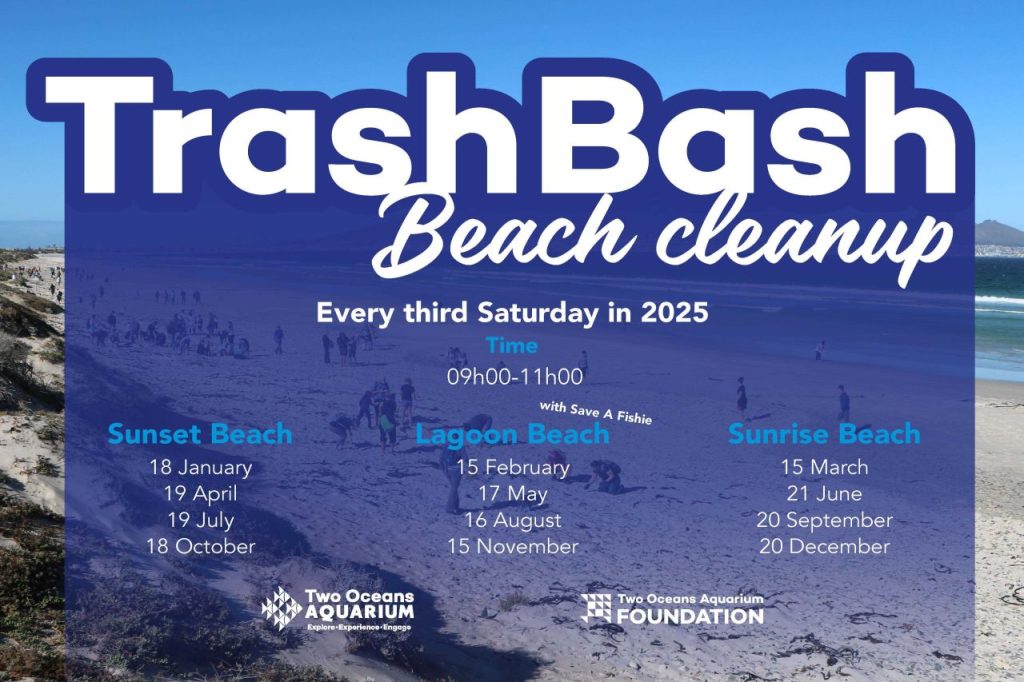20 SEPTEMBER: INTERNATIONAL COASTAL CLEAN UP DAY
Plastic in the ocean is a people problem! Clear the Seas. Save the Future! International Coastal Clean Up Day is a powerful call to action about the ocean’s plastic pollution crisis. It highlights the severe impact of plastic waste on marine life and ecosystems while also encouraging individuals to take meaningful steps in tackling the […]
Plastic in the ocean is a people problem!
Clear the Seas. Save the Future!
International Coastal Clean Up Day is a powerful call to action about the ocean’s plastic pollution crisis. It highlights the severe impact of plastic waste on marine life and ecosystems while also encouraging individuals to take meaningful steps in tackling the issue.
Plastic pollution is a massive problem for our ocean, but even small actions can make a big difference. Every bottle, every straw, every bit of rubbish you clean up can lead to a cleaner, healthier ocean. This Coastal Clean Up Season – clean up your local beach, river, park or neighbourhood.
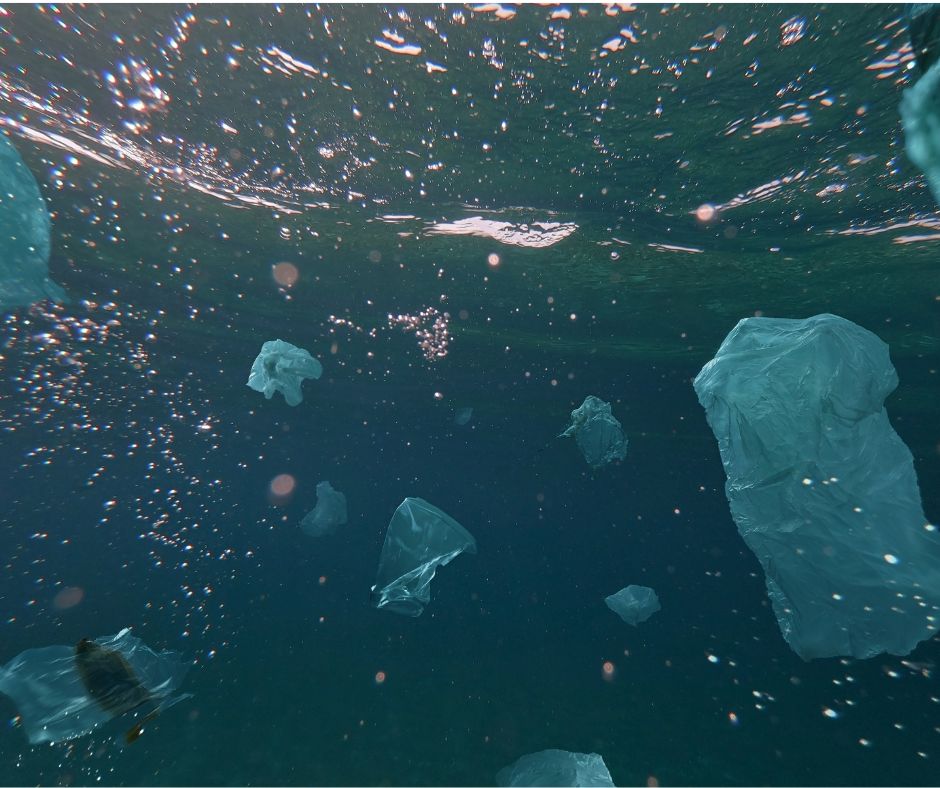
Our ocean has a plastic and polystyrene problem.
Through Ocean Conservancy, an Ocean Clean-up Programme has been launched – almost every type of plastic pollution imaginable, from giant tangles of ghost fishing gear pulled from the deep, to hundreds of thousands of cigarette butts on beaches, to the odd refrigerator found on a shoreline and Plastic foam/Polystyrene/Styrofoam has been seen in and around the ocean.
This form of Plastic is among the worst kinds of plastic pollution for our environment because it breaks apart easily and can be blown by the wind and dispersed as pollution. There are beaches that appear to be white sand but are actually coated with tiny pieces of polystyrene. Plastic food ware items are among the most common items collected by Ocean Conservancy’s International Coastal Cleanup volunteers. Plastic and specifically polystyrene, is also not readily recyclable, meaning anytime it is mistakenly placed in a recycling bin that stream of materials becomes contaminated.
Plastic touches all of our lives, from the food packaging we buy to the computers we work with and the cars we drive. But many of the plastics you touch in your daily life are used only once and thrown away.
So much of this plastic is ending up in the ocean that in just a few years, we might end up with a pound of plastic for every three pounds of fish in the sea. But the future of plastics in our ocean will be determined by the way we handle plastics on land.
From the tiniest plankton to the largest whales, plastics impact nearly 700 species in our ocean. Videos have been released of the impact, like a sea turtle with a plastic straw embedded in its nose or a whale entangled in a fishing net, approaching divers that release it from harm. Some of these incidents have happy endings, but in reality, many more do not. Plastic has been found in more than 60% of all seabirds and in 100% of sea turtles species, that mistake plastic for food. And when animals ingest plastic, it can cause life-threatening problems, including reduced fitness, nutrient uptake and feeding efficiency-all vital for survival.
My Green Life supports the no single-plastic policy by offering products which are ecofriendly, plant based, animal friendly in both glass bottles and reusable, refillable plastic.
Together, we can reduce plastic pollution and give our oceans the chance to heal. It’s in our hands to save the future of marine life!
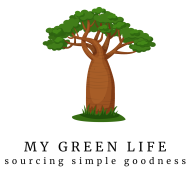
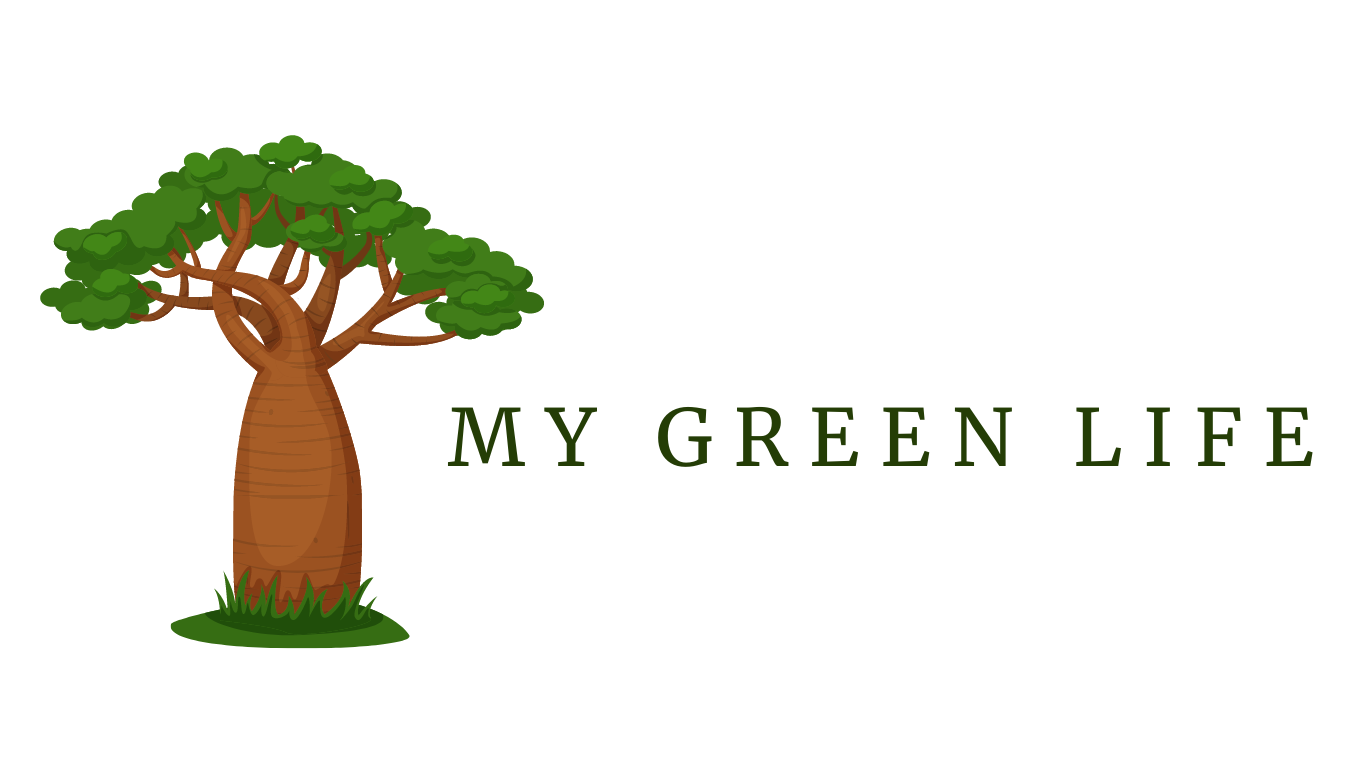
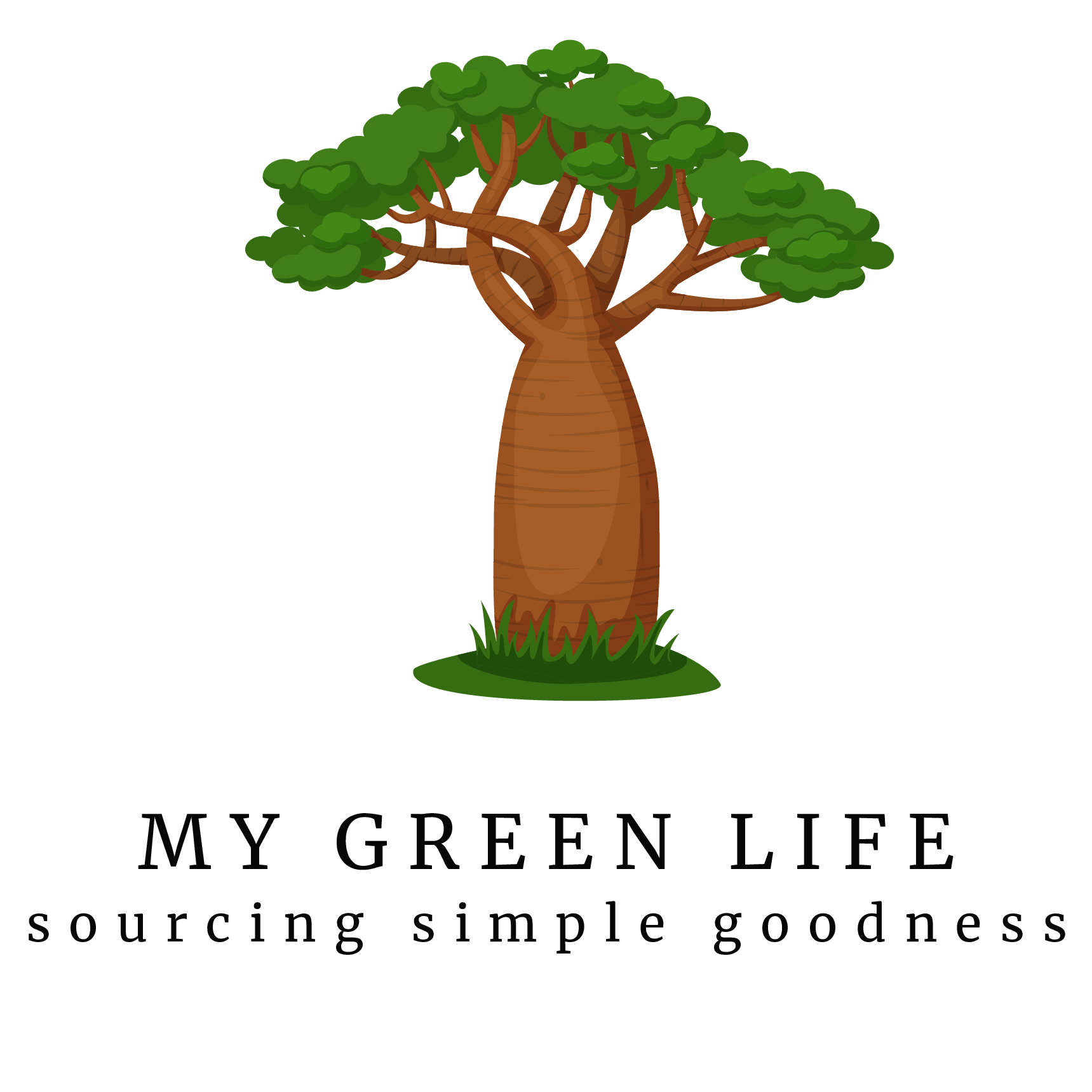






 EN
EN
